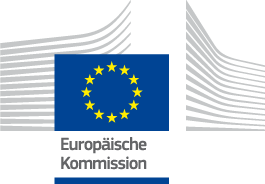The FLAG area is typical of Northern Brittany, combining a succession of rocky coastline, bays, river estuaries and marshes, as well as coastal towns strongly connected to a dynamic maritime environment. A great variety of ecosystems and scenery compose this area which is greatly influenced by the strong tides and harshness of the sea.

